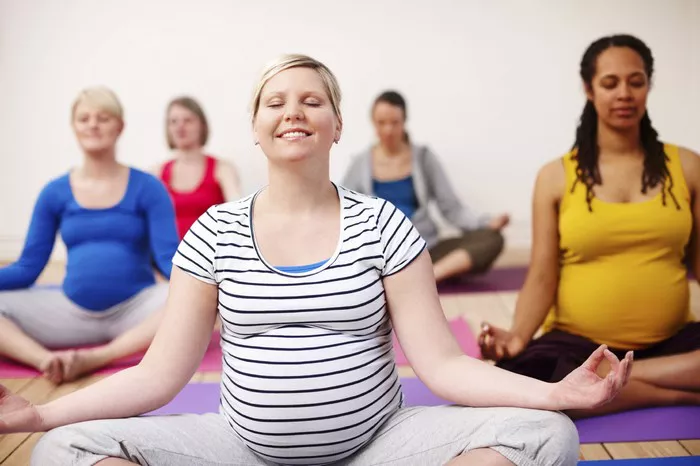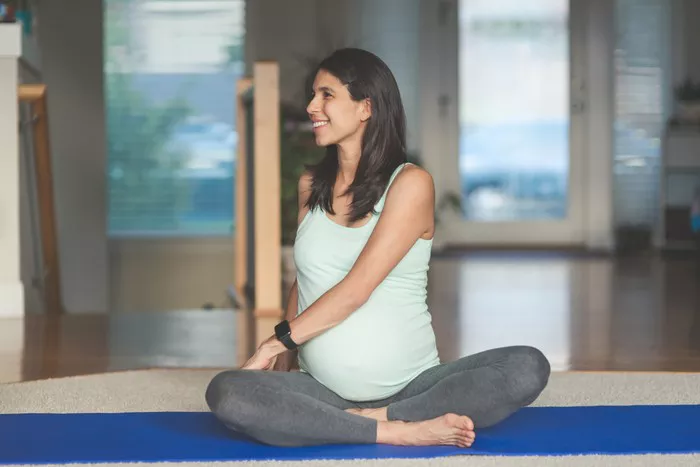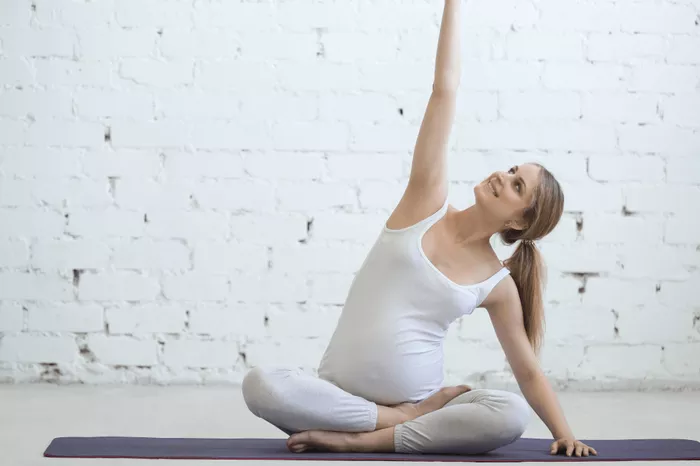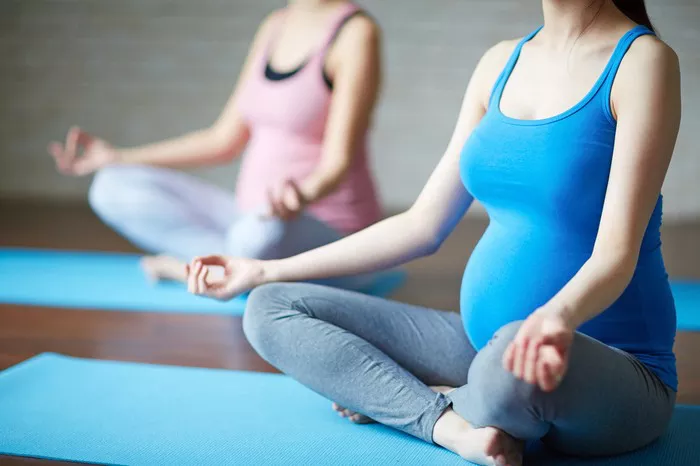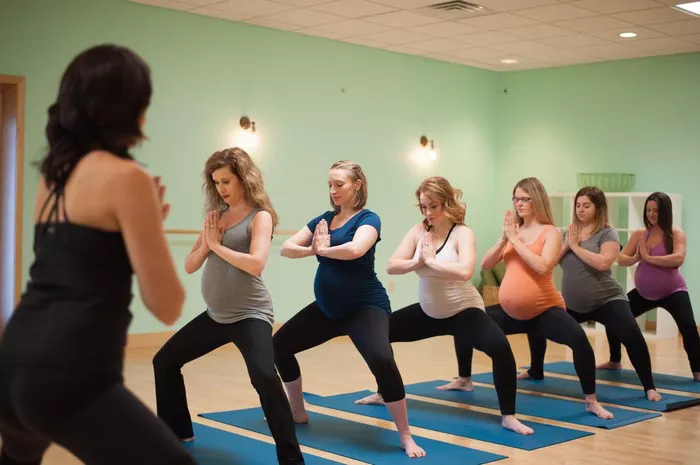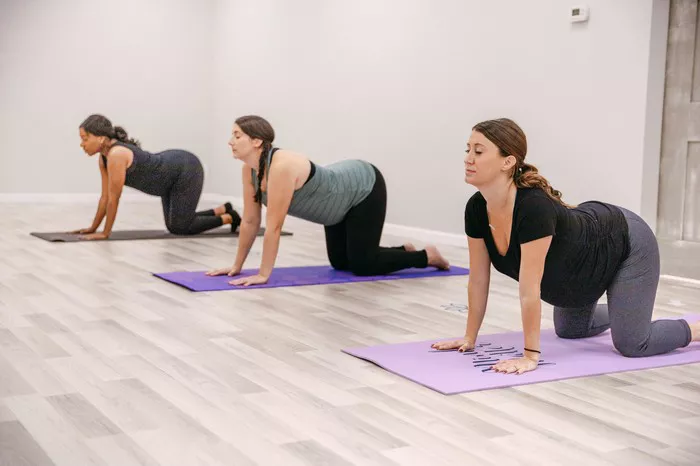Ashtanga Yoga is a rigorous and disciplined form of yoga that follows a set sequence of postures linked by flowing movements and synchronized breath. Originating from the teachings of T. Krishnamacharya and later popularized by his student K. Pattabhi Jois, Ashtanga Yoga emphasizes strength, flexibility, and endurance. It is rooted in tradition and is often considered a spiritual practice as much as a physical one. The system comprises six series, each designed to progressively challenge the practitioner’s body and mind. The foundational principle of Ashtanga Yoga is vinyasa, which refers to the method of linking breath with movement.
Despite its demanding nature, Ashtanga Yoga has gained a loyal following worldwide due to its transformative benefits. However, its strict adherence to tradition also brings up questions about modifications and modern additions, such as the use of yoga props. In this guide, we explore whether props are used in Ashtanga Yoga, how they may or may not be incorporated, and the implications for practitioners of all levels.
Understanding the Role of Props in Yoga
Yoga props include tools such as blocks, straps, bolsters, blankets, and chairs. They are commonly used in various styles of yoga to aid alignment, enhance comfort, and support the body in challenging poses. Props can also make yoga more accessible to individuals with physical limitations or injuries. Notably, props are a central feature in Iyengar Yoga, which emphasizes precision and alignment.
In contrast, traditional Ashtanga Yoga does not typically advocate the use of props. The method relies on consistent practice to develop the necessary strength and flexibility over time. The philosophy is that through daily repetition and gradual progression, the body and mind adapt naturally to the demands of the practice. This doesn’t mean that props are forbidden, but rather that their use is not part of the standard methodology.
1. The Traditional Stance on Props in Ashtanga Yoga
Historically, Ashtanga Yoga practitioners and teachers have maintained a purist approach. Pattabhi Jois, the founder of the modern Ashtanga system, emphasized strict adherence to the sequences and discouraged significant modifications. His belief was that yoga should challenge the individual to move beyond comfort zones, using the breath as a tool for transformation.
In this traditional context, the use of props is seen as a crutch that may prevent the practitioner from fully engaging with the discipline. For example, rather than using a block to reach the floor in Trikonasana (Triangle Pose), students are encouraged to work gradually toward the full expression of the pose through consistent effort. The aim is to cultivate self-reliance and inner strength, key tenets of Ashtanga Yoga philosophy.
2. Modern Interpretations and Evolving Practices
Although the traditional stance is clear, the reality in many modern Ashtanga studios is more nuanced. Some teachers recognize that students come with diverse bodies, abilities, and histories. As a result, limited and mindful use of props is sometimes encouraged, particularly for beginners, older adults, or those recovering from injury.
In these settings, props are used not as a way to bypass effort but to support the development of safe alignment and confidence in the postures. For example:
- Blocks may help a student reach the floor in a standing forward bend.
- Straps can be used to maintain hand-to-foot contact in seated forward folds.
- Blankets might support the knees in poses that require deep flexion.
Such adaptations reflect a compassionate approach that honors the core of Ashtanga while making it more inclusive.
3. Philosophical Considerations and Purist Views
From a philosophical perspective, the purist approach to Ashtanga Yoga can be seen as both empowering and limiting. On one hand, it encourages a deep level of discipline, self-exploration, and resilience. Practitioners are invited to confront discomfort and transcend perceived limitations through breath and determination.
On the other hand, the rigid avoidance of props may inadvertently alienate those who cannot perform the postures without assistance. This is where modern yoga teachers often seek balance. The key question becomes whether props are being used to support growth or to avoid challenge. When used with the right intention, props can align with the spirit of yoga by supporting mindful and safe practice.
4. The Mysore Style and Individualized Instruction
Mysore-style Ashtanga Yoga is a self-led approach practiced under the guidance of a teacher who offers personalized adjustments and support. This format provides an opportunity to tailor the practice to the needs of the individual while staying true to the sequence.
In some Mysore rooms, teachers may offer props on a case-by-case basis. For instance:
- A student recovering from a hamstring injury might use a strap in forward folds.
- Beginners might be given a block to support balance in standing poses.
- Props might temporarily assist in learning complex postures like Marichyasana D.
This personalized method respects the tradition while allowing practical accommodations that facilitate long-term practice and injury prevention.
5. When and How Props Might Be Used in Ashtanga Yoga
Although not standard, there are instances where using props within Ashtanga Yoga can be beneficial. Below are some practical examples:
Early Stages of Practice
For new students who may lack the flexibility or strength required for certain postures, props can bridge the gap. For example, sitting on a folded blanket in Dandasana (Staff Pose) helps tilt the pelvis forward, improving spinal alignment.
Injury Recovery
Injuries are a common concern, especially in high-intensity practices. Props provide a means to continue practicing safely while protecting vulnerable areas. A block under the hips can relieve pressure in seated twists, and a strap can allow continued shoulder work without strain.
Structural Limitations
Anatomical differences mean not every body can achieve every posture in the same way. In such cases, props are not a matter of ease but necessity. For example, a practitioner with shorter arms may use blocks in arm balances to find stability.
6. Teacher Perspectives: A Divided Field
Yoga teachers are divided in their perspectives on props in Ashtanga. Some purists argue that props dilute the integrity of the practice, while others advocate for their strategic use. Teachers who support props often come from backgrounds that include training in other yoga styles, giving them a broader view of adaptation and accessibility.
Common Viewpoints:
- Traditionalist View: Props should be avoided; the method works if followed as taught.
- Pragmatic View: Props are tools, not crutches, and can help develop a sustainable practice.
- Inclusive View: Accessibility should be prioritized to honor the yoga principle of ahimsa (non-harming).
Ultimately, it is up to the teacher to assess the needs of each student and make informed decisions within the context of Ashtanga’s discipline.
7. Students’ Experiences and Testimonials
Students’ views on props in Ashtanga are as varied as their experiences. Some report a deep sense of accomplishment in achieving a posture without props after months of disciplined effort. Others credit props with preventing injury or making yoga a part of their healing journey.
Example Testimonials:
- “Using a strap in my first few weeks gave me the courage to continue practicing. Now I rarely need it, but I wouldn’t have progressed without it.”
- “I felt guilty about using a block at first, but my teacher reminded me that awareness matters more than ego.”
- “Practicing Ashtanga without props made me feel strong, but I had to stop for months after an injury. In hindsight, I wish I had modified sooner.”
Such stories underscore the importance of flexibility not only in the body but also in mindset.
8. The Future of Props in Ashtanga Yoga
As yoga continues to evolve, the Ashtanga community faces the challenge of preserving tradition while embracing inclusivity. With the rise of online learning and global access to teachings, diverse interpretations of Ashtanga Yoga are emerging. Some modern teachers are blending tradition with innovation to make the practice safer and more sustainable.
The growing awareness of trauma-informed and adaptive yoga further pressures the system to accommodate diverse needs. While the heart of Ashtanga lies in disciplined, breath-led movement, there is increasing acknowledgment that props, when used thoughtfully, can enhance rather than detract from the experience.
Conclusion
The question of whether Ashtanga Yoga uses props does not have a singular answer. Traditionally, the method discourages their use, relying instead on internal tools like breath, bandhas (energy locks), and drishti (gaze). However, the lived reality of practitioners today shows that props can play a supportive role when applied with mindfulness and integrity.
For students and teachers alike, the key lies in intention. Are props being used to support growth, or to avoid the challenge? Are they applied mindfully within the context of the Ashtanga method? By asking these questions, each practitioner can make informed choices that align with their values and capabilities.
Ultimately, Ashtanga Yoga is a journey of self-discovery. Whether or not props are part of that journey depends on the individual, the teacher, and the context. With respect for tradition and openness to adaptation, a balanced and enriching practice is possible for all.
Related Topics:

